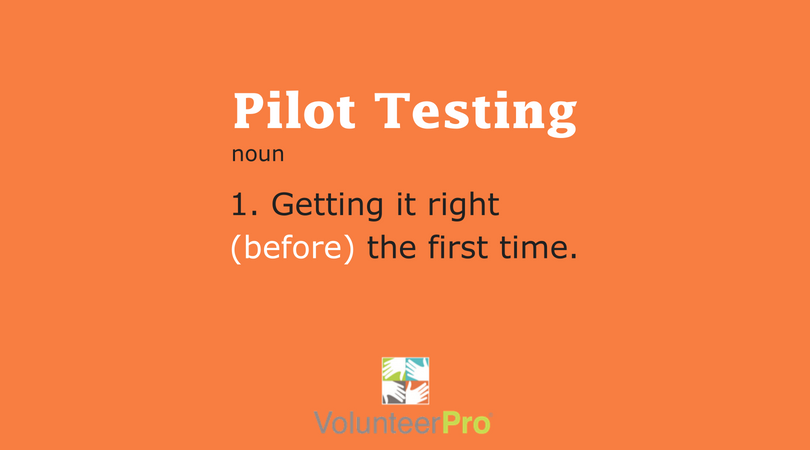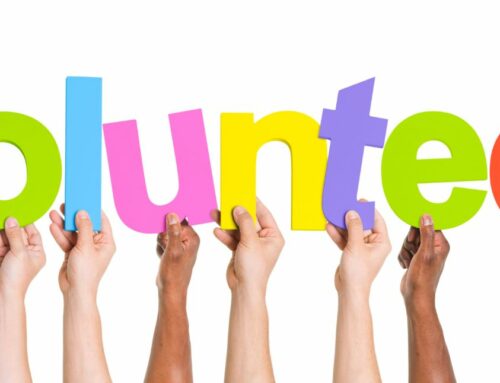
Do You Make These Community Partnership Development Mistakes?
If you’re new to developing community partnerships or just don’t seem to be getting the results or follow through you expect from your partners, you may be unwittingly making common community partnership development mistakes.
Here’s a rundown of the 10 most common sticking points to avoid.
The Top 10 Nonprofit Community Partnership Development Mistakes
MISTAKE #1: Assuming You Know The Prospective Partners
You may think you know the work of the organization, but do you really? What’s on their strategic plan? What new initiatives or programs are in their pipeline? What other collaborations have they attempted? Which were successful? And, what about the staff people responsible for building partnerships? What is their history? How is their work assessed? What are their key motivations for success?
You get the picture.
MISTAKE #2: Missing a Potential Conflict of Interest
Consider the community ire raised when the Susan G Komen Foundation partnered with the fast food chain KFC. Cancer activists claimed Komen was sending a mixed message and putting profits before their purported mission of women’s health. Don’t let this be you, no matter how lucrative the agreement.
MISTAKE #3: Not Stepping Away From Partnerships That Don’t or Won’t Work
There is no point in spending precious time and energy on a collaboration that can’t or won’t work. Too often we stick with things because “we’ve always done them this way” or we suffer from sunk cost bias.
MISTAKE #4: Not Planning for Changing Priorities
If your partnership goes on for any length of time, you can expect priorities to change. Some leaders shift their goals like they change their sheets. Does this sound like your organization or perhaps your partners? If so, you need to plan for it.
MISTAKE #5: Not Taking Time to Pilot Test
You can make your best “guestimate” of a potential outcome, but you never really know. If you plan to invest significant time or resources into a partnership, it may make sense to start small with one program or geographic area over a limited time.
MISTAKE #6: Not Directly Addressing Previous or Current Conflicts
Often unresolved issues between partners and the local community, between organizations, or amongst staff or volunteers exist. You need to know these before you get blindsided.
MISTAKE #7: Under-estimating the Power of Turf or Territory
It’s a sad fact that the nonprofit sector is rife with turf battles that can take a partnership down. If this is the case in your community, you’ll need to steel yourself and take the high road. Resist “going low” when people keep rehashing old wounds and can’t seem to focus on the work at hand.
MISTAKE #8: Not Planning for Inevitable Communication Issues Before they Occur
Communications breakdowns, overload, and inconsistencies are all common in collaborations especially when multiple partners are involved. Agree to give folks the benefit of the doubt and set a plan to prevent problems a much as possible.
MISTAKE #9: Spending Too Much time in Meetings or Conference Calls

There’s nothing that can suck the life out of a community partnerships faster than poorly run meetings where nothing gets done. Meetings are for problem-solving and decision making, not for mindlessly reporting on tasks or organizational grandstanding. Set them up only to promote progress and keep them efficiently managed.
MISTAKE #10: Expecting Instant Success
Partnerships take time to build, partly because the collective decision-making takes much longer than the traditional top-down approach. They also take ongoing time and attention to maintain once they are up and running. Factor these into your workload and make sure your boss understands that you must invest to reap rewards.
Getting Everyone All In
If you steer clear of these common mistakes, you’ll not only accelerate the speed of collaboration, you’ll also boost the results of your joint project with less stress for everyone involved. And, the next time a new community partnership is proposed or you see a funding opportunity that requires collaboration? Everyone will be all in.






